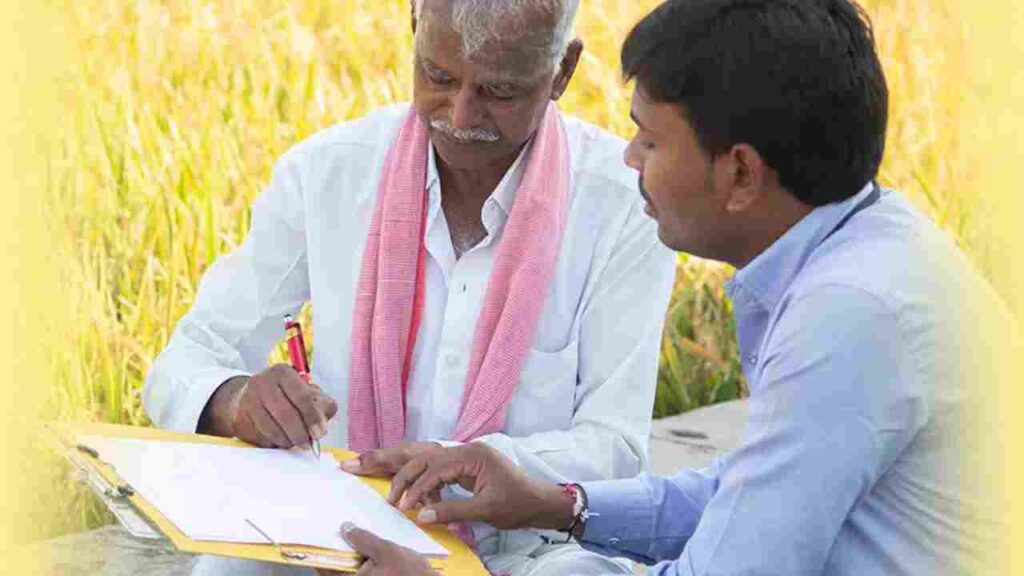Your simple guide to the (KVP) Kisan Vikas Patra scheme 2025—learn interest rate, tenure, how to invest, eligibility, benefits. Safe, easy, and government-backed!
Start with a smile—this article breaks down everything about the Kisan Vikas Patra scheme 2025 in a friendly, clear way. If you’re wondering about how it works, how much you earn, who can invest, or when your money doubles—stick around.

What’s KVP scheme 2025?
What it is: Kisan Vikas Patra (KVP) is a trusted saving certificate launched by India Post in 1988. It’s government-backed, so your deposit’s safe and sure to grow.
Why it matters in 2025: It’s still one of the safest, easiest ways to grow your savings steadily. No market worries—just patience and compounding.
How Much Does It Grow? The Interest Rate & Tenure
Interest rate: Flat 7.5% per annum, set for the July–September 2025 quarter. It’s the same rate since April 2023.
Compounding: Interest is added once every year, helping your money grow faster.
Doubling time: At this rate, your money doubles in about 115 months (roughly 9 years 7 months).
Who Can Invest: Eligibility & Important Details
Eligible: Any Indian adult, singly or jointly (up to 3 adults), and guardians on behalf of minors.
Not allowed: NRIs and Hindu Undivided Families (HUFs) can’t invest in KVP.
Also Read – PNB Rakshak Plus Scheme Yojana.
Minimum amount: Just ₹1,000 and it must be in multiples of ₹1,000. › No upper limit on how much you invest.
How to Invest in KVP: Quick & Easy Steps
Offline (via post office or bank branch)
- Visit your nearest Post Office or authorized bank branch.
- Fill Form A (or Form A1 if using an agent).
- Attach your ID (Aadhaar, PAN, etc.) for verification.
- Deposit your money (cash, cheque, demand draft).
- Receive your KVP certificate right away.
Online (where available)
- Log into India Post’s website or your bank’s net banking.
- Download Form A, fill it and upload along with documents.
- After verification, payment and certificate are issued.
Key Perks: Why KVP Is Still a Winner?
Guaranteed growth—risk-free, thanks to government backing.
No upper cap—invest small or large, it’s your call.
Use as collateral—want a loan? Your KVP certificate can be your backup.
Nominee support—you can nominate a person (even a minor) who’ll get the benefits if something happens.
No TDS on maturity—tax deduction at source is not applied when you withdraw after maturity.
Important Considerations
Tax: You can’t claim KVP as Section 80C deduction. And interest you earn is taxable.
Lock-in period: You have to wait 2.5 years before any chance of withdrawal. Only allowed early if there’s a court order or death of the holder.
Transfer or Duplicate: Lost your certificate? You can apply for a duplicate. You can also request transfers between people or offices.
FAQs: Kisan Vikas Patra scheme
Q1: Is KVP better than other post office schemes?
Not always. For fixed growth without tax benefits, it’s strong (7.5%). But NSC (7.7%) and Sukanya Samriddhi Yojana (8.2%) might offer better returns or tax benefits depending on your goals.
Q2: When will my money exactly double?
At 7.5%, your investment doubles in around 115 months—that’s 9 years 7 months.
Q3: What if I need money before maturity?
You must wait at least 2.5 years. Early withdrawal allowed only in rare cases like court orders or the investor’s death.
Q4: Can I buy KVP online totally?
Some banks and India Post allow it via internet services—yes, but many still prefer offline, so check your provider.
Q5: Who gets the payout if the joint holder passes away?
In a joint A account, the survivor gets the full payout. In a joint B, either the surviving holder or nominee gets it.
Final Thoughts—Why KVP Still Makes Sense in 2025
Kisan Vikas Patra is straight-forward and safe— no market risks, just a trustable way to grow money. Your lump sum doubles in under a decade, with guaranteed returns and zero default risk.
If you want peace of mind and steady growth, this scheme is worth considering. It’s best for those planning long-term savings, safe retirement corpus, or simply a savings buffer that grows by itself.

